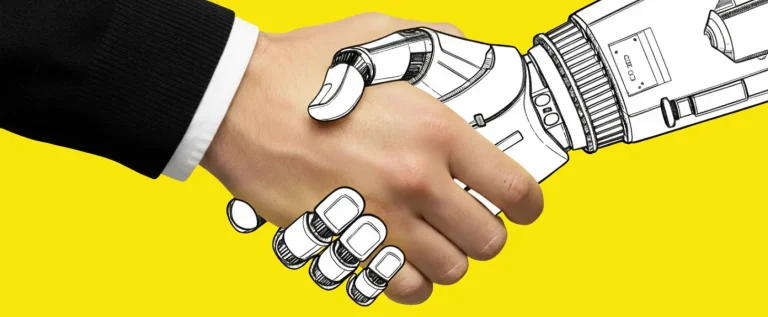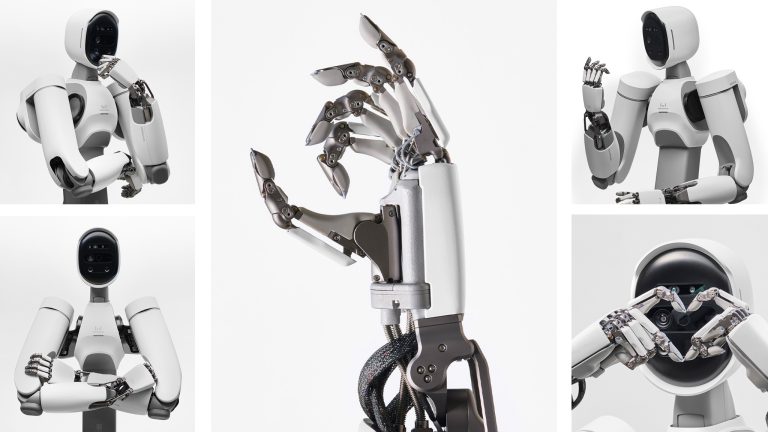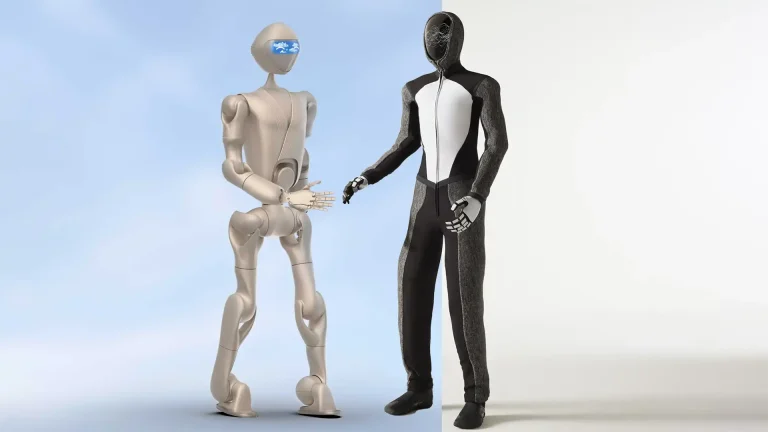Kawasaki’s CORLEO: The Futuristic Robotic Horse Redefining Transportation
Introduction
Kawasaki has unveiled CORLEO, a groundbreaking hydrogen-powered four-legged robotic vehicle at Expo 2025 in Osaka, Japan. This futuristic concept represents a bold fusion of traditional equestrian mobility and cutting-edge robotics, designed as an all-terrain mechanical mount that can be ridden like a horse while offering unprecedented capabilities for traversing difficult landscapes.
2026 Humanoid Robot Market Report
160 pages of exclusive insight from global robotics experts – uncover funding trends, technology challenges, leading manufacturers, supply chain shifts, and surveys and forecasts on future humanoid applications.

Featuring insights from
Aaron Saunders, Former CTO of
Boston Dynamics,
now Google DeepMind

2026 Humanoid Robot Market Report
160 pages of exclusive insight from global robotics experts – uncover funding trends, technology challenges, leading manufacturers, supply chain shifts, and surveys and forecasts on future humanoid applications.
Main Content
CORLEO stands at the intersection of several emerging technologies, combining quadruped robotics with hydrogen power systems to create a unique transportation solution. The robot’s design allows it to navigate across challenging terrain that would be impassable for conventional wheeled vehicles, making it potentially valuable for applications ranging from search and rescue operations to recreational exploration of remote areas.
The hydrogen power system aligns with Japan’s ambitious environmental goals, which aim to significantly reduce carbon emissions by 2050. By leveraging this clean energy source, Kawasaki demonstrates how advanced robotics can contribute to sustainability efforts while pushing the boundaries of personal transportation. The control system of CORLEO allows riders to guide the robotic horse through intuitive interfaces, creating an experience that blends traditional horsemanship with modern technology.
This development comes amid growing global competition in the quadruped robot space, with companies like Boston Dynamics and China’s Unitree making significant advances in recent years. What sets CORLEO apart is its specific focus on human ridability and the integration of hydrogen fuel cell technology, positioning it as both a technological showcase and a practical vision for future personal mobility solutions that can operate in harmony with natural environments.
Conclusion
Kawasaki’s CORLEO represents more than just an innovative concept; it signals a potential paradigm shift in how we think about personal transportation in challenging environments. As quadruped robotics continue to evolve, we may soon see these mechanical horses moving from exhibition halls to real-world applications, offering new possibilities for human mobility across diverse terrains.
[Learn More](https://www.youtube.com/watch?v=npjeesjXQJE)







